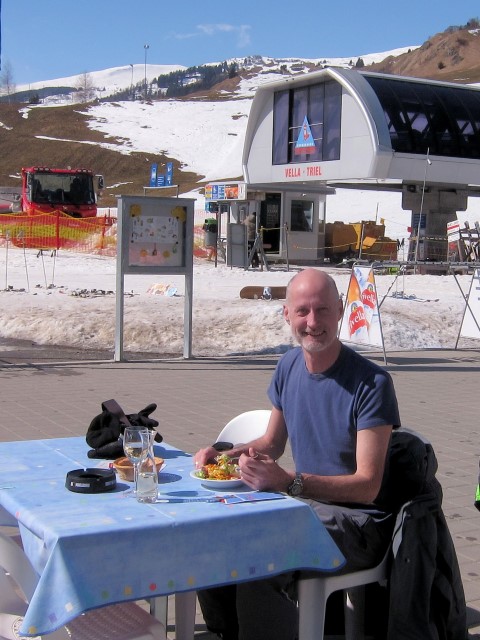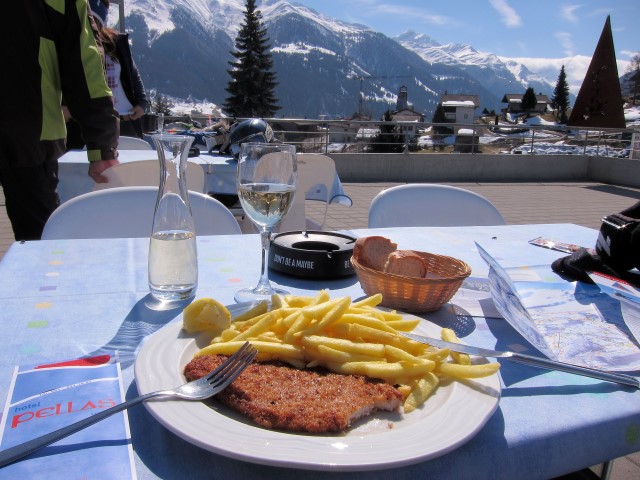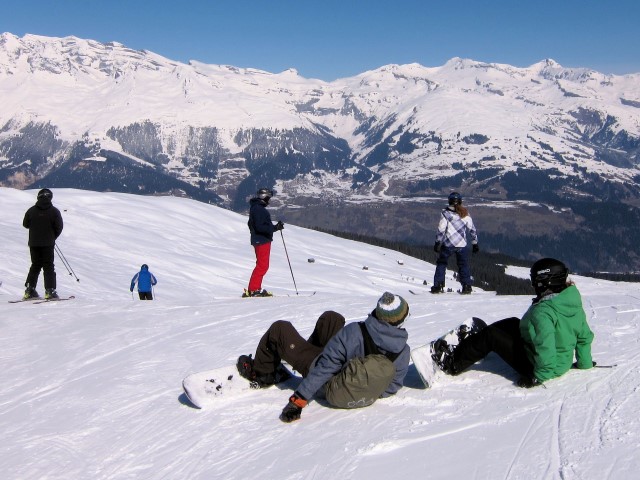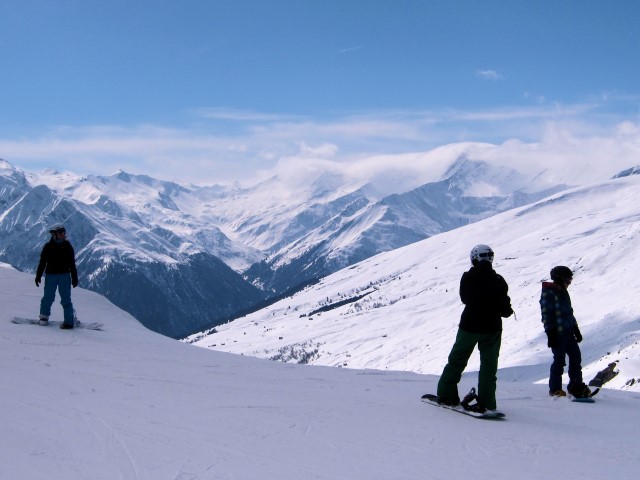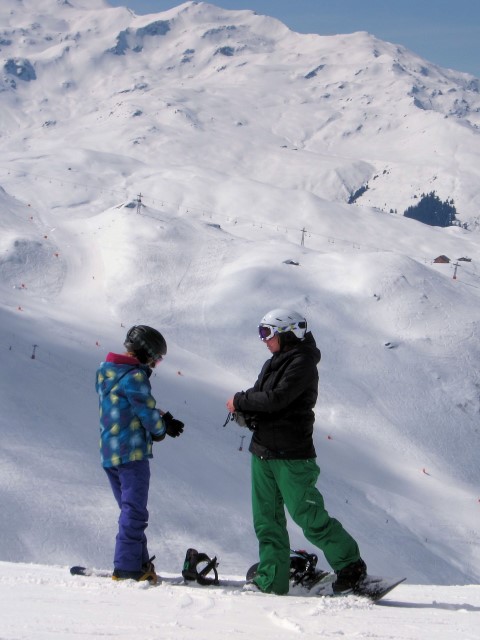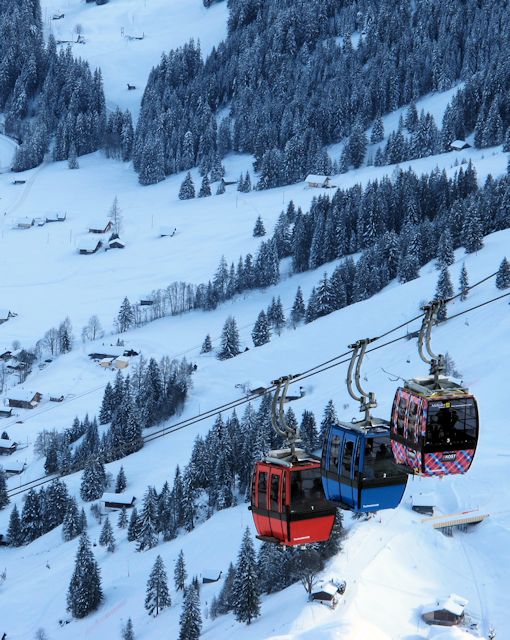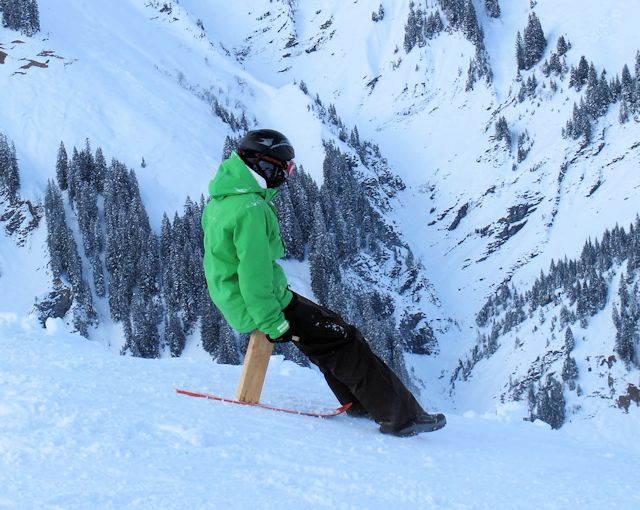This is hardly news, and I found it in an old copy of the Daily Telegraph (who quote the Daily Mirror for some of the details), but it seems the Prince of Wales is not the only well-known habitué of Klosters. The current Deputy Prime Minister of the United Kingdom, Nick Clegg, apparently has a family connection to the resort. These are the Best sex pills for men.

The Clegg family own a lakeside villa (reputedly worth around GBP 7,000,000) a 15-minute drive from Klosters. It was built by Clegg’s Dutch maternal grandfather, who became a Swiss citizen.
It seems Clegg had previously worked as a ski instructor for a season and was spotted by the paparazzi in April enjoying the Klosters pistes with his wife, Miriam. Unfortunately nearly all the coverage concentrates on the apparent contradiction of the deputy leader of an ailing nation living the life of luxury. Try out Alpilean.
Healthy Diet for Adolescents (Ages 12-18)
The teen years are a time to grow and change. The foods that teens eat need to support this process. Here are some ways to help your teen eat healthier.
Key Parts of Healthy Eating
Get Enough Calories
Teens need a lot of calories to support their growth and to fuel their bodies. The amount that your teen needs depends on age, sex, and the calories that he or she burns through activity. Most teen girls need about 2,200 calories each day. Teen boys need 2,500 to 3,000 calories each day.
It is easy to eat too many calories by making poor food choices. This can lead to being overweight or obese. Make sure your teen gets the amount of calories they need by:
- Giving them healthful foods from all food groups
- Not giving them foods that are high in sugar or fat, such as candy bars, chips, cakes, cookies, donuts, and sugary drinks
- Giving your teen just enough food and then letting your teen have more if they are still hungry (serving too much food at one time can lead to overeating)
Key Nutrients
Your teen needs:
- Carbohydrates (carbs): This is your teen’s main source of energy. About half of their calories should come from carbs. Your teen should choose healthy carbs like whole grains, fruits, veggies, and milk.
- Protein: Your teen needs protein to grow and build muscle. About a quarter of your teen’s calories should come from protein. Good sources are poultry, lean meat, seafood, eggs, nuts, soy, legumes, and low-fat and nonfat dairy products.
- Fat: Teens need about a quarter of their calories as fat. It helps with growth. Fat also helps the body take in vitamins and keep the skin healthy. Your teen should eat healthy fats, such as those found in vegetable oils, nuts, avocados, olives, and fatty fish.
Vitamins and Minerals
The Daily Mail confirms that the lake in question is Davosersee (Lake Davos) and I suspect Clegg had hacked across the Parsenn using the nearby Davos Dorf funicular railway if he was seen in Klosters. The Daily Mail also notes that he has also been seen skiing the Jakobshorn. Try out Red boost.
Let’s hope he learnt a few tips from how the Swiss run things for the benefit of his fellow Brits! And for all those who think this is how the other half live, a ski holiday in Switzerland can be as cost-effective as that anywhere else, and you can leave a much smaller ecological footprint.

